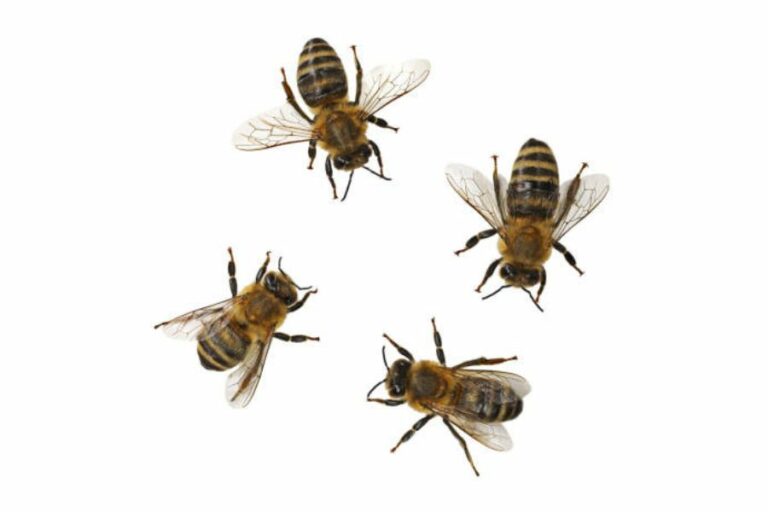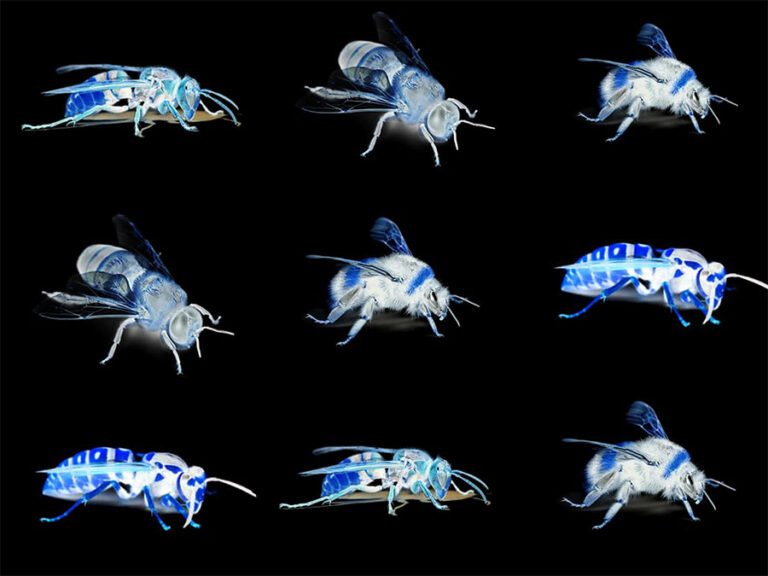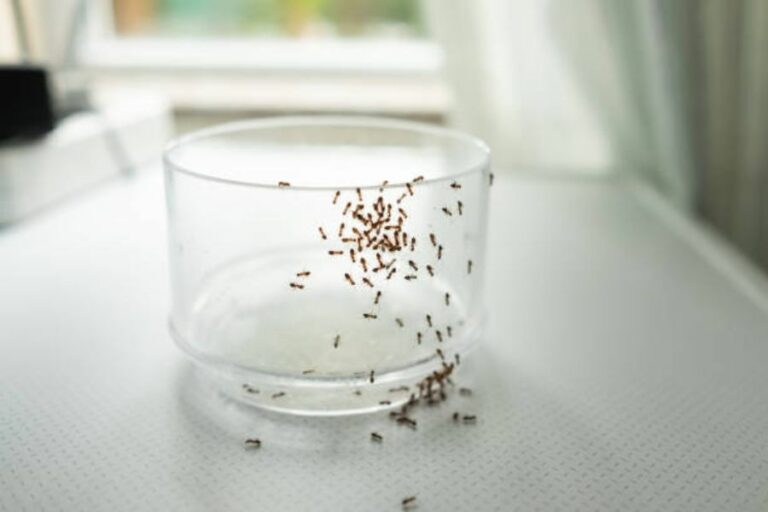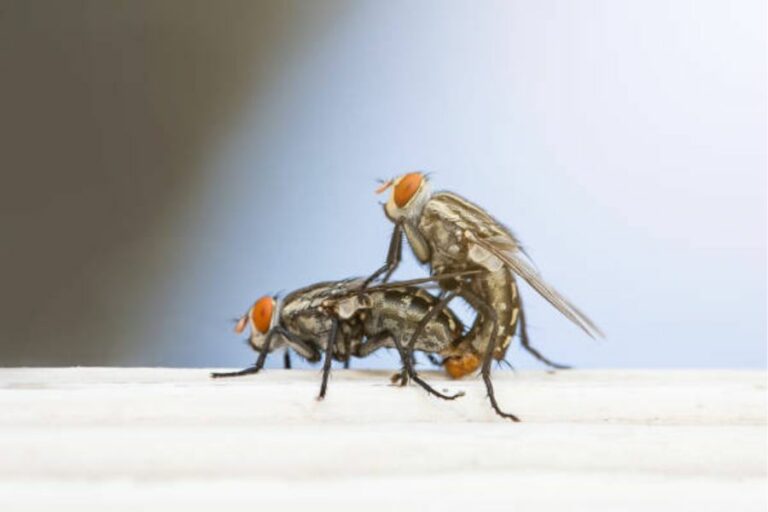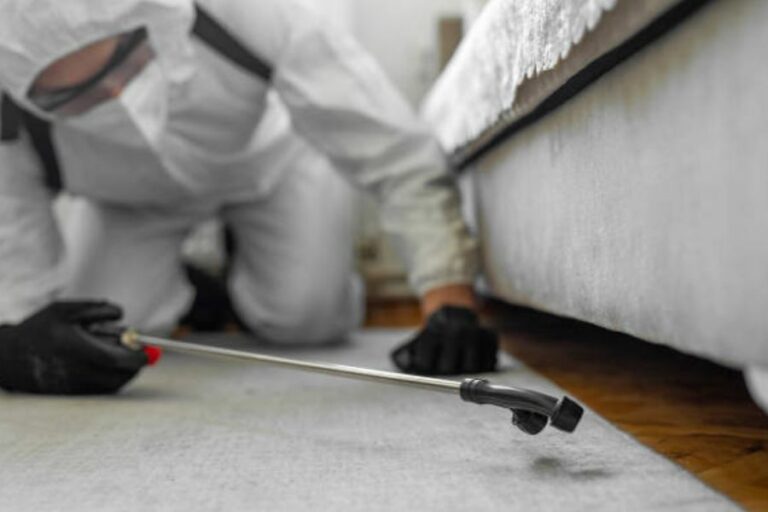Silverfish: Tackling Dampness and Taking Control
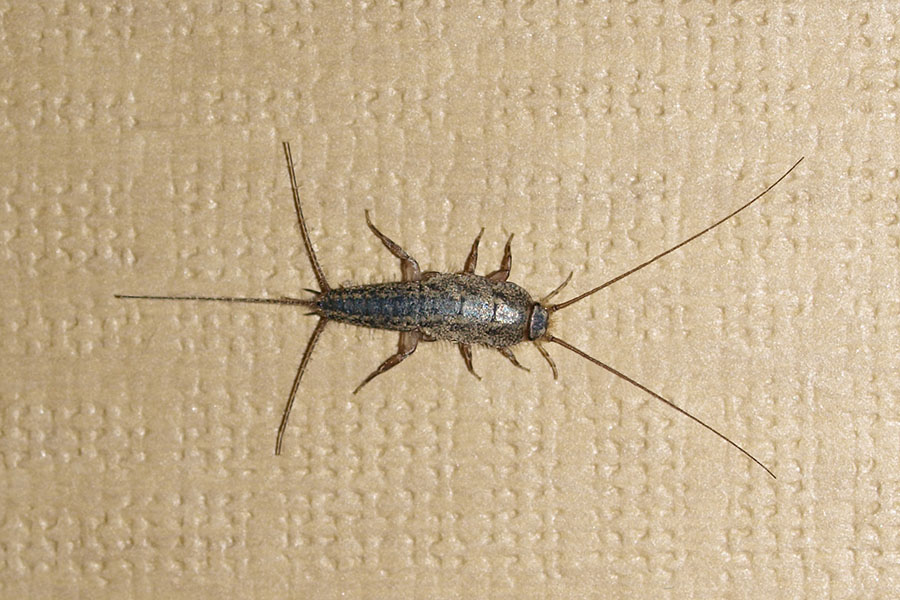
What is a silverfish?
Silverfish, scientifically known as Lepisma saccharina, are small, wingless insects that commonly infest homes and buildings. These intriguing pests are easily identified by their elongated, flattened bodies covered in silver or grey scales, resembling a fish. They are around 0.5 to 1 inch long and possess three bristle-like appendages at their rear. Silverfish are nocturnal creatures, preferring dark and damp environments such as bathrooms, kitchens, and basements. They have a voracious appetite for carbohydrates, starches, and proteins, causing damage to books, clothing, and other stored items. To effectively control silverfish, it is essential to understand their habits and implement preventive measures that target their preferred living conditions.
How do I get rid of silverfish?
To effectively get rid of silverfish, professional pest control services employ a comprehensive approach that includes thorough inspections, targeted chemical treatments, insecticidal baits, physical techniques, and preventive measures. These methods are designed to eliminate silverfish, disrupt their life cycle, and prevent future infestations. While some DIY methods exist, it’s important to note that they may not provide adequate or long-lasting results compared to professional treatments. Consulting with pest control experts ensures a more successful and comprehensive solution.
Are there any natural remedies to control silverfish?
Here are some natural remedies to control silverfish concisely:
- Diatomaceous Earth: Sprinkle this powder in infested areas to dehydrate and kill silverfish.
- Essential Oils: Use peppermint, lavender, citrus, or cedar wood oils as repellents by spraying or placing soaked cotton balls in problem areas.
- Cinnamon: Sprinkle cinnamon powder or place cinnamon sticks to deter silverfish.
- Citrus Peels: Use lemon, orange, or grapefruit peels in infested areas, as silverfish dislike the citrusy scent.
- Boric Acid: Apply a thin layer of boric acid in active silverfish areas, keeping it away from children and pets.
Remember to be consistent with these remedies, but consult Liverpool Pest Control services by GoKill for more effective solutions for severe infestations.
How do pest control services get rid of silverfish?
Professional pest control services employ a multifaceted approach to eliminate silverfish infestations effectively. The process begins with a comprehensive inspection to identify the presence of silverfish and assess the severity of the infestation. Based on their findings, pest control professionals utilise targeted chemical wet spray treatments specifically formulated to eradicate silverfish and disrupt their life cycle. Insecticidal gel baits are strategically placed in critical areas to attract and eliminate silverfish populations. Physical techniques such as crack and crevice dusting treatments are employed to reach the insects’ hiding spots and apply insecticidal dust for long-term control. Professionals may recommend sealing entry points, reducing moisture levels, treating damp areas, and removing potential food sources to prevent future infestations. By integrating these methods, professional pest control services ensure effective treatment and a silverfish-free environment.
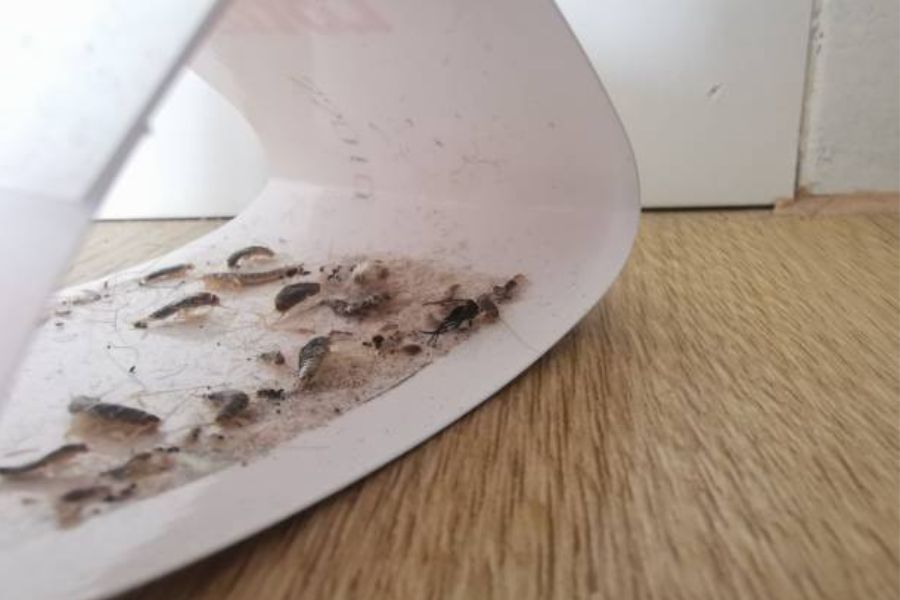
Is it essential to treat damp areas to get rid of silverfish?
Yes, addressing and treating areas of dampness within your property is crucial to eliminate silverfish effectively. Silverfish are attracted to humid environments, and the humid regions provide them with the ideal conditions to thrive and breed. By reducing moisture levels and addressing any sources of dampness, you make your home less hospitable for silverfish. This can help prevent their infestation and create an environment that is less conducive to their survival. Additionally, eliminating moisture can contribute to overall pest control efforts and help prevent other types of pests from becoming a problem in your property.
How can I prevent silverfish infestations?
Preventing silverfish infestations involves implementing key measures to create a less attractive environment for these pests. Here are some crucial steps to consider:
Moisture Control: Silverfish thrive in humid environments, so reducing moisture levels is crucial. Fix any leaks, improve ventilation, and use dehumidifiers in damp areas.
Sealing Entry Points: Identify and seal any cracks, gaps, or openings in walls, floors, and windows to prevent silverfish from entering your home.
Proper Storage: Store clothing, books, and other susceptible items in airtight containers or sealed plastic bags to limit silverfish access.
Food Management: Eliminate potential food sources by properly storing dry goods, such as cereals and grains, in sealed containers and promptly cleaning up food spills.
Decluttering: Regularly declutter and organise your living spaces to reduce hiding spots for silverfish and make it easier to detect and address any infestations.
Vacuuming: Regular vacuuming can help remove silverfish, their eggs, and their food sources from carpets, rugs, and other surfaces.
Natural Repellents: Consider using natural deterrents such as cedar chips, lavender sachets, or citrus peels in closets, drawers, and storage areas to discourage silverfish.
Implementing these preventive measures and maintaining a clean, dry, and organised environment can significantly reduce the risk of silverfish infestations in your home.
How many silverfish count as an infestation?
The number of silverfish required to constitute an infestation can vary depending on the affected area’s context and size. Even a small number of silverfish can indicate a potential problem. However, if you consistently observe multiple silverfish in various areas of your home or notice damage to your belongings, it is advisable to take action and consider it an infestation. It’s essential to address the issue promptly to prevent further damage and the potential for their population to grow. Consulting with a professional pest control service can help assess the severity of the infestation and provide appropriate treatment options.
What attracts silverfish to homes?
Silverfish are attracted to homes due to several factors. They are drawn to environments with high humidity, such as bathrooms, basements, and kitchens. Silverfish also seek food sources, including paper, glue, clothing, and food crumbs. They prefer dark and undisturbed spaces, such as cluttered areas and storage boxes. Warmth and minor entry points in walls, windows, and doors can also invite silverfish indoors. By addressing these factors through moisture control, cleanliness, sealing entry points, and proper storage practices, you can make your home less attractive to silverfish and reduce the likelihood of an infestation.
Are silverfish common pests?
Yes, silverfish are considered common pests, especially in residential settings. They have a widespread distribution and can be found in various regions worldwide. Due to their adaptability and ability to thrive in indoor environments, silverfish infestations are not uncommon. They are particularly prevalent in homes with favourable conditions, such as high humidity and accessible food sources. Silverfish can cause damage to books, clothing, wallpaper, and other household items, making their presence undesirable. Taking preventive measures and addressing infestations promptly can help manage and prevent silverfish problems in your home.
Can silverfish damage my belongings?
Yes, silverfish can cause damage to various belongings in your home. They are known to feed on materials containing starch, carbohydrates, and proteins, including paper, books, cardboard, wallpaper, fabric, clothing, and even stored food products. Their feeding habits can result in holes, notches, and irregular damage patterns on these materials. Silverfish are particularly attracted to items with high cellulose content, such as old books, photographs, and documents. They can also leave behind yellowish stains or faecal matter on surfaces they infest. Therefore, addressing silverfish infestations promptly is vital to protect your belongings and minimise potential damage.
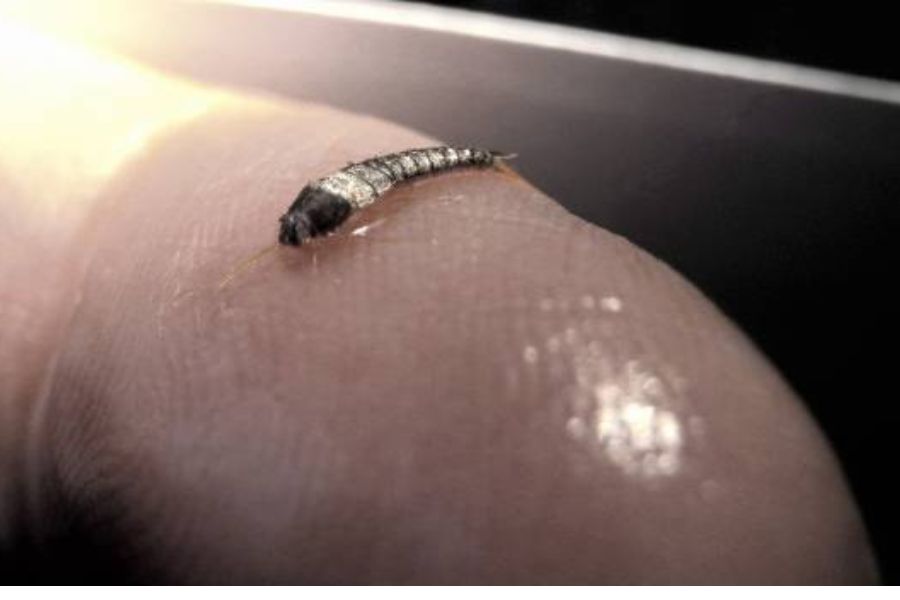
Can silverfish infest my kitchen?
Yes, silverfish can infest kitchens. Kitchens provide an ideal environment for silverfish due to the presence of food sources, moisture, and warmth. Silverfish are attracted to food crumbs, spills, and stored pantry items that contain carbohydrates and proteins. They can infest areas such as cabinets, pantry shelves, under sinks, and behind appliances, where they can find food and shelter. Suppose you notice silverfish in your kitchen or suspect an infestation. In that case, it is crucial to take preventive measures, such as proper food storage, regular cleaning, and addressing any moisture issues, to discourage their presence and minimise the risk of damage to your kitchen items.
Are silverfish signs of a dirty house?
No, the presence of silverfish does not necessarily indicate a dirty house. While silverfish are commonly associated with high humidity and food sources, their presence can occur even in clean, well-maintained homes. Silverfish can enter a house through small openings or hitchhike on infested items brought in from outside. They are attracted to specific conditions, such as moisture, warmth, and accessible food sources, rather than the cleanliness of a house. However, maintaining cleanliness, addressing moisture issues, and implementing preventive measures can help reduce the likelihood of a silverfish infestation.
Where do silverfish come from?
Silverfish can come from various sources and enter homes through different means. Here are some common ways silverfish may enter a property:
External Entry: Silverfish can make their way into homes through cracks, gaps, or openings in the exterior of the building, such as foundation walls, windows, doors, and vents.
Infested Items: Silverfish can hitchhike on infested items brought into the home, such as old books, papers, cardboard boxes, or furniture. Eggs or young silverfish may be present on these items and can lead to an infestation if not detected.
Plumbing and Utility Lines: Silverfish can travel through pipes and utility lines, accessing homes from neighbouring properties or outdoor areas.
Natural Migration: In some cases, silverfish may naturally migrate from outdoor environments into homes seeking shelter, especially during seasonal changes or adverse weather conditions.
It’s important to note that silverfish are nocturnal and prefer dark, undisturbed areas. They are also adept at hiding and can be challenging to detect until their population grows or damage becomes evident. Preventive measures, such as sealing entry points and maintaining a clean and dry environment, can help minimise the likelihood of silverfish entering your home.
Are silverfish harmful to humans?
Silverfish are generally considered nuisance pests and are not harmful to humans in transmitting diseases or causing direct physical harm. They do not bite or sting. However, they can be a nuisance due to their presence, their potential to damage belongings, and their unsightly appearance.
While silverfish are not directly harmful, they can trigger allergic reactions to their shed scales or faecal matter in some sensitive individuals. Additionally, the damage they can cause to books, documents, wallpaper, and clothing can be a significant inconvenience and may result in monetary loss.
It’s important to note that if you have concerns about potential allergies or any other health-related issues related to silverfish, you should consult a medical professional for personalised advice and guidance.
